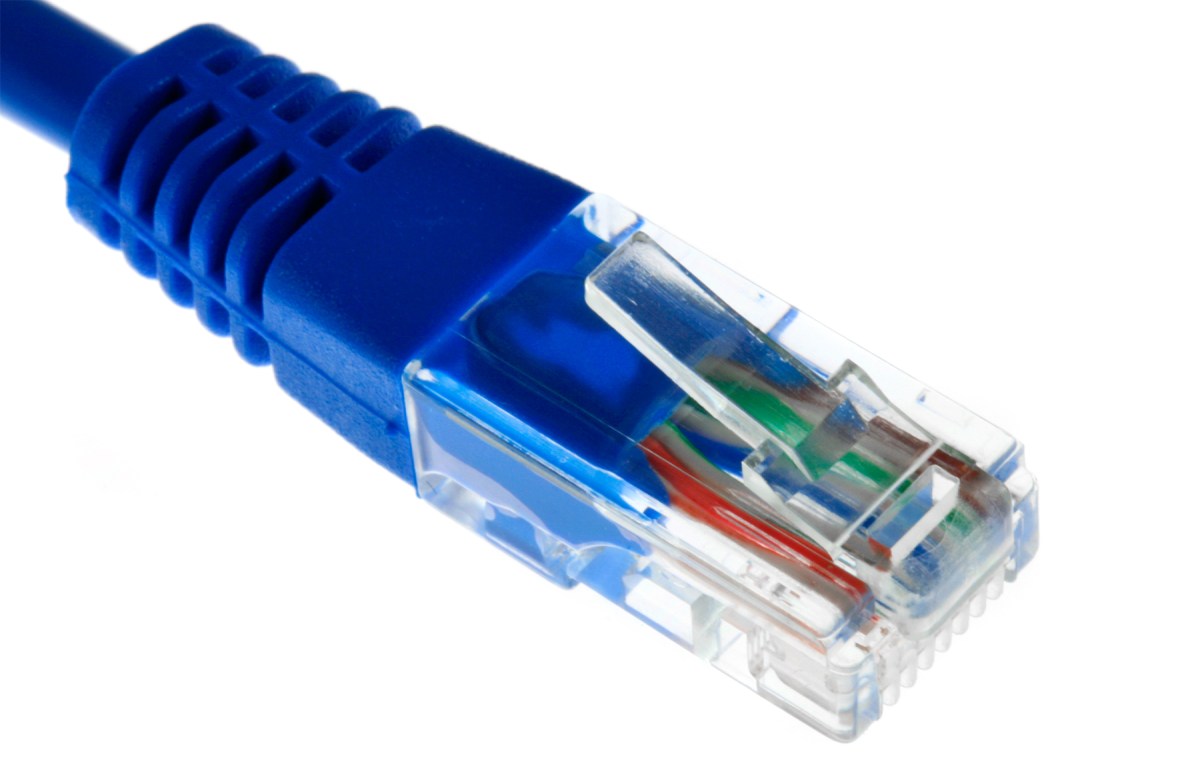Routing Registries are a mysterious underpinning of the peering and BGP world. To many they are arcane and complicated. If you have found this article you are at least investigating the use of a registry. Either that or you have ran out of fluffy kittens to watch on YouTube. Either way one of the first questions is “Why use a routing registry”.
As many of us know BGP is a very fragile ecosystem. Many providers edit access lists in order to only announce prefixes they have manually verified someone has the authority to advertise. This is a manual process for many opportunities for error. Any time a config file is edited errors can occur. Either typos, misconfiguration, or software bugs.
Routing registries attempt to solve two major issues. The first is automating the process of knowing who has authority to advertise what. The second is allowing a central repository of this data.
So what is a routing Registry?
From Wikipedia: An Internet Routing Registry (IRR) is a database of Internet route objects for determining, and sharing route and related information used for configuring routers, with a view to avoiding problematic issues between Internet service providers.
The Internet routing registry works by providing an interlinked hierarchy of objects designed to facilitate the organization of IP routing between organizations, and also to provide data in an appropriate format for automatic programming of routers. Network engineers from participating organizations are authorized to modify the Routing Policy Specification Language (RPSL) objects, in the registry, for their own networks. Then, any network engineer, or member of the public, is able to query the route registry for particular information of interest.
What are the downsides of a RR?
Not everyone uses routing registries. So if you only allowed routes from RR’s you would get a very incomplete view of the Internet and not be able to reach a good amount of it.
Okay, so if everyone doesn’t use it why should i go to the trouble?
If you are at a formal Internet Exchange (IX) you are most likely required to use one. Some large upstream providers highly encourage you to use one to automate their process.
What are these objects and attributes?
In order to partipate you have to define objects. The first one you create is the maintainer object. This is what the rest of the objects are referenced to and based from. Think of this as setting up your details in the registry.
From this point you setup “object types”. Object types include:
as-set
aut-num
inet6num
inetnum
inet-rtr
key-cert
mntner
route
route6
route-set
If you want to learn more about each of these as well as templates visit this ARIN site.
So what do I need to do to get started?
The first thing you need to do is setup your mntner object in the registry. I will use ARIN as our example. You can read all about it here:https://www.arin.net/resources/routing/.
You will need a couple of things before setting this up
1.Your ARIN ORGID
2.Your ADMIN POC for that ORGID
3.Your TECH POC for that ORGID
Once you have these you can fill out a basic template and submit to ARIN.
mntner: MNT-YOURORGID
descr: Example, Inc.
admin-c: EXAMPLE123-ARIN
tech-c: EXAMPLE456-ARIN
upd-to: hostmaster@example.net
mnt-nfy: hostmaster@example.net
auth: MD5-PW $1$ucVwrzQH$zyamFnmJ3XsWEnrKn2eQS/
mnt-by: MNT-YOURORGID
referral-by: MNT-YOURORGID
changed: hostmaster@example.net 20150202
source: ARIN
The templates is very specific on what to fill out. The mnt-by and referral-by are key to following instructions. MD5 is another sticking point. The process is documented just in a couple of places. In order to generate your MD5-PW follow these instructions.
1.Go to https://apps.db.ripe.net/crypt/ Enter in a password. Make sure you keep this cleartext password as you will need it when sending future requests to ARIN’s Routing Registry.
2.Submit the password to get the md5 crypt password. Keep this password for your records, as you may need it when interacting with ARIN’s IRR in the future.
3.Add the following line to your mntner object template in the text editor.
auth: MD5-PW
Our example above has a MD5 password already generated.
Once this is done and created you can add objects. The most commonly added objects are your ASN and IP space.
Create your ASN object using the as-num template
aut-num: AS65534
as-name: EXAMPLE-AS
descr: Example, Inc.
descr: 114 Pine Circle
descr: ANYWHERE, IN 12345
descr: US
import: from AS65535 accept ANY
import: from AS65533 accept AS65534
export: to AS65533 announce ANY
export: to AS65535 announce AS2 AS65533
admin-c: EXAMPLE456-ARIN
tech-c: EXAMPLE123-ARIN
mnt-by: MNT-YOURORGID
changed: user@example.com 20150202
source: ARIN
password:
The things to know about the above template are the import and export attributes.
Now on to adding IP space
Suppose you have IP space of 192.0.2.0/24 Your template would look like:
inetnum: 192.0.2.0 – 192.0.2.255
netname: EXAMPLE-NET
descr: Example, Inc.
descr: 115 Oak Circle
descr: ANYWHERE, IN 12345
country: US
admin-c: EXAMPLE123-ARIN
tech-c: EXAMPLE456-ARIN
notify: user@example.com
mnt-by: MNT-YOURORGID
changed: user@example.com 20150202
source: ARIN
password:
The password attribute is the cleartext password for your MD5 key.
Further Reading:
Using RPSL in practice
NANOG IRR












You must be logged in to post a comment.